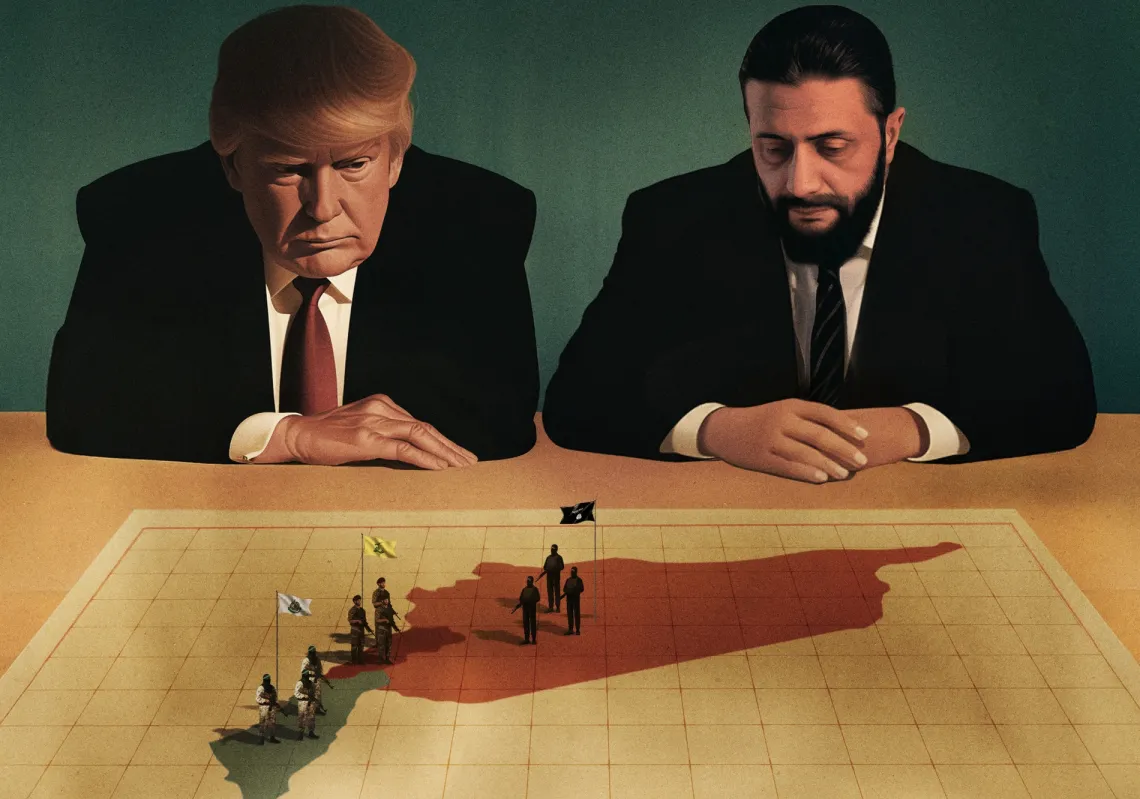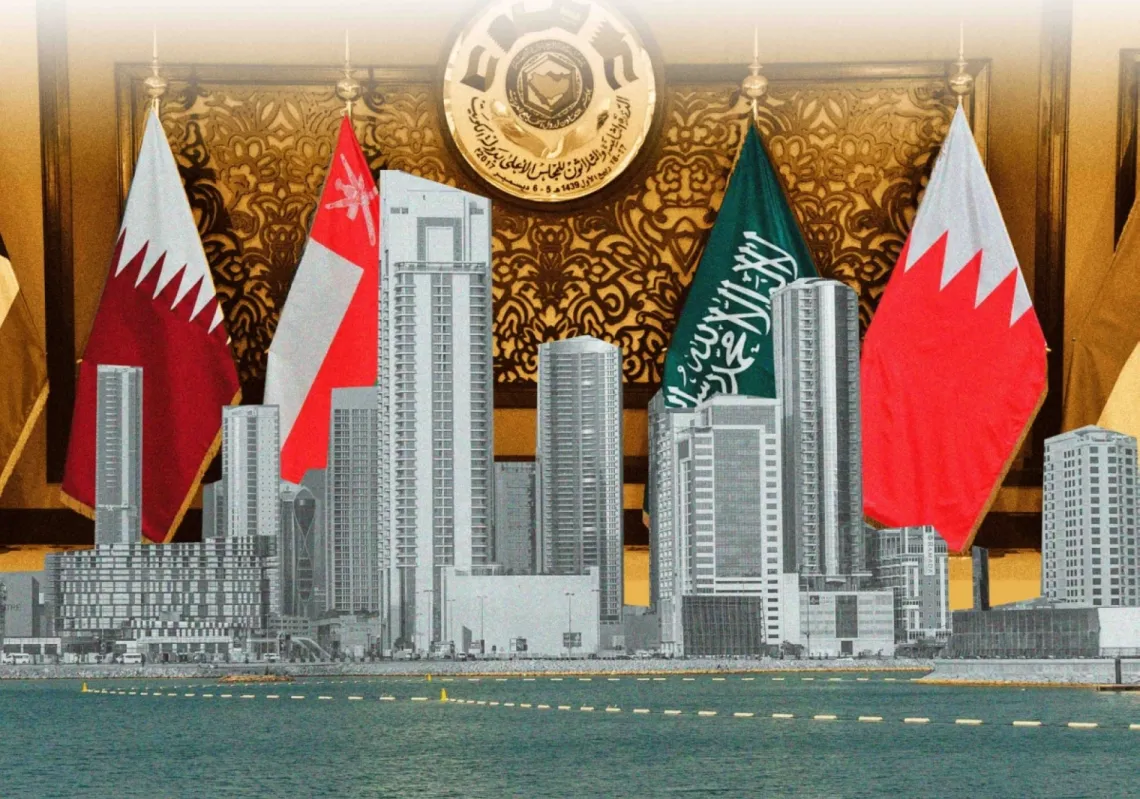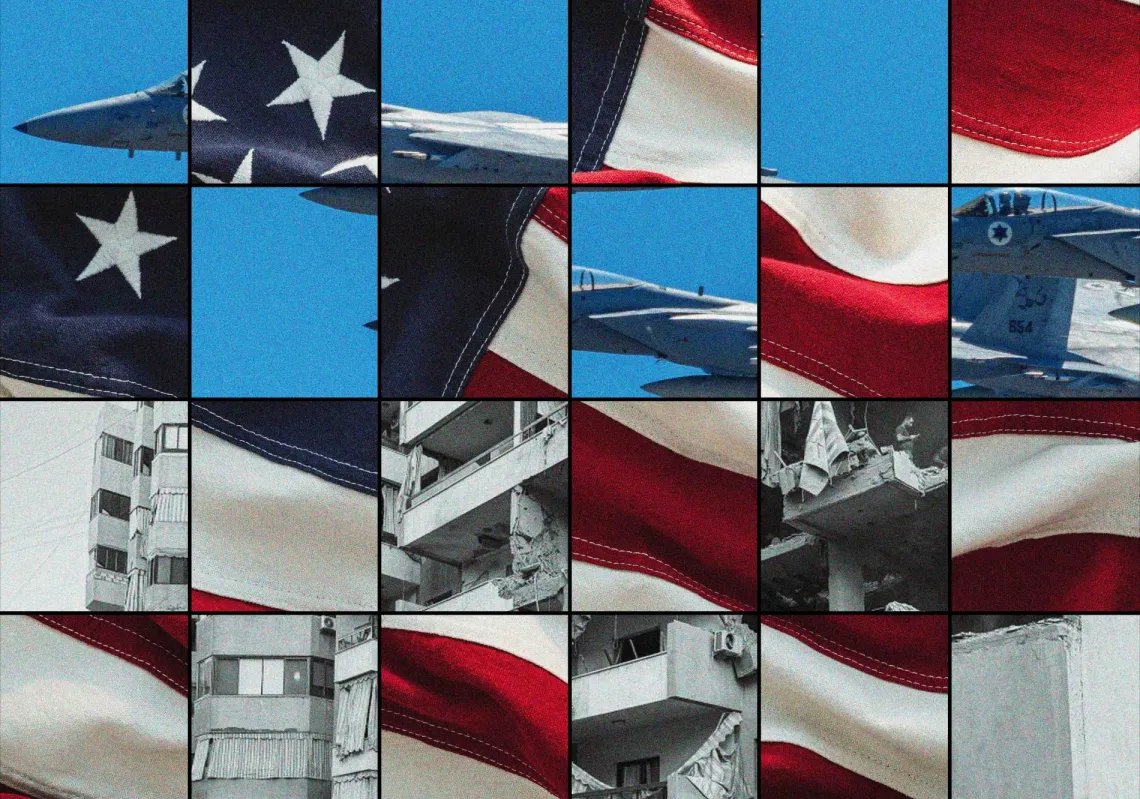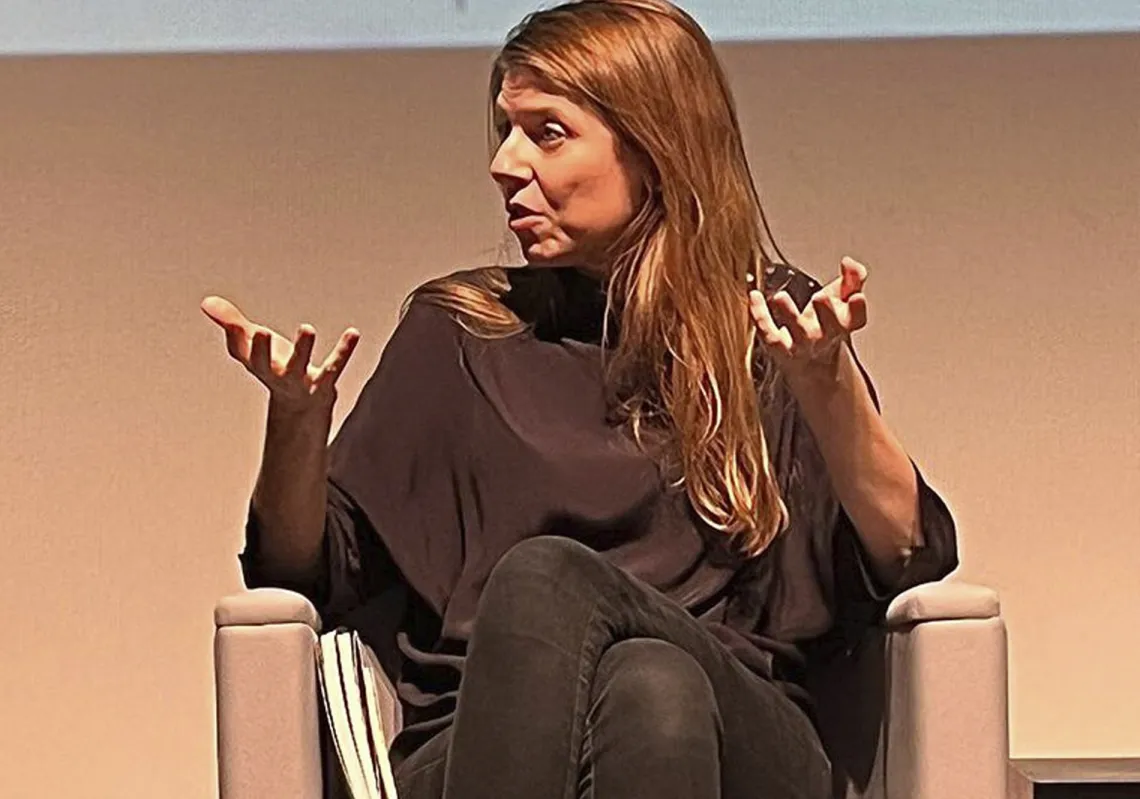 Iran's supreme leader Ayatollah Ali Khamenei (R) meets with Palestinian Islamist movement Hamas leaders Khaled Mishal (2nd R), Mussa Abu Marzuq (L) in Tehran on February 1, 2009. (AFP/Getty Images)[/caption]Iran and Hamas seem to have repaired a two-year rift between them, one that threatened to bankrupt the militant Palestinian group and undermined Iran’s claim to be the foremost supporter of “resistance” against Israel. The primary cause of the split was Hamas’s refusal to follow Iran’s lead in supporting the Assad regime in the brutal Syrian conflict that has so far claimed 140,000 lives. However, to fully explain the recent break-up and reconciliation, it is necessary to survey the fluid and fratricidal politics of the modern Middle East.
Iran's supreme leader Ayatollah Ali Khamenei (R) meets with Palestinian Islamist movement Hamas leaders Khaled Mishal (2nd R), Mussa Abu Marzuq (L) in Tehran on February 1, 2009. (AFP/Getty Images)[/caption]Iran and Hamas seem to have repaired a two-year rift between them, one that threatened to bankrupt the militant Palestinian group and undermined Iran’s claim to be the foremost supporter of “resistance” against Israel. The primary cause of the split was Hamas’s refusal to follow Iran’s lead in supporting the Assad regime in the brutal Syrian conflict that has so far claimed 140,000 lives. However, to fully explain the recent break-up and reconciliation, it is necessary to survey the fluid and fratricidal politics of the modern Middle East.
Hamas needs Iran to pay its bills while Iran supports anti-Israeli groups (primarily Hamas and Hezbollah) in order to increase its regional power. A comparison with Hezbollah, the Lebanese Shi’ite organization, is instructive. Hezbollah attracts little or no support from Sunni states in the region, and has strong religious–ideological bonds with Iran. The relationship is also more durable because ending it would clash with Iran’s revolutionary identity and its stated commitment to spreading Khomeinism.
Hamas, in contrast, pledges no spiritual allegiance to Iran. Its Sunni Islamist ideology was developed under the guidance of the Egyptian Muslim Brotherhood, which itself sees Iran’s brand of political Shi’ism as both a rival and a threat. More importantly, Hamas can—theoretically—shop around a number of Sunni states for financial support. It is also more sensitive to the killing of fellow Sunnis in Syria and more concerned about alienating itself among regional donors who openly support the Syrian rebels. For all these reasons, Hamas is less pliant than Hezbollah when it comes to following Tehran’s call to back Assad at all costs, while Iran believes that keeping Syria within the “Axis of Resistance” is even more important than relations with Hamas, and could resign itself to working with other Palestinian militants, notably Islamic Jihad.
These differences came to a head in 2012, when Hamas’s leader Khaled Mishal harshly condemned the Assad regime, distanced his organization from Iran, and relocated from Damascus to Qatar. Some analysts suggest that the break was less than total, and that contact continued at lower levels, but the key point was that Tehran cut off the 23 million US dollars it reportedly sent to Gaza every month. This was a big blow for an organization which employs 40,000 people in a besieged territory where unemployment tops 40 percent. Hamas was also struggling politically, criticized for its corruption, incompetence, and failure to either break the siege or reach a deal with its rival, Fatah.
The Hamas leadership had calculated that new sources of revenue would soon be forthcoming. Ghazi Hamad, Hamas’s “deputy minister of foreign affairs,” told reporters that Hamas and "had lots of other sources" for money. At the time this did not seem an unreasonable assumption: fantastically rich Qatar had already offered its hospitality to Khaled Mishal, and the Egyptian Muslim Brotherhood, Hamas’s parent company, was the dominant power in the new Egyptian government.
Things in today’s Middle East change very quickly, however. President Mohamed Mursi was deposed and the new military government accused Hamas of helping him and other Brotherhood figures escape from prison at the beginning of the 2011 revolution in Egypt. They also alleged that Hamas had participated in an attack which killed 19 Egyptian officers in August 2012, while the Egyptian military stepped up its destruction of smuggling tunnels running from the Sinai into Gaza. This exacerbated the loss of revenue from Iran and threw Hamas into a financial crisis. An Egyptian court subsequently banned all activities of the Hamas movement in Egypt, ordering the seizure of its offices and assets. Worse still, Qatar then backed out of its pledge to send Hamas 400 million dollars, and today finds itself under sustained pressure to end its support for Brotherhood-linked groups across the region.
At this point, it was reported that Turkey attempted to pick up the bill. A report in the World Tribune, citing unspecified “Israeli sources,” claimed that Recep Tayyip Erdoğan’s government had transferred 250 million dollars to Hamas. Whether this has reached Gaza is unclear, but what is known is that by the end of 2013 both Hamas and Iran had decided to reconcile. Turkey and Qatar hosted meetings between senior Hamas leaders and Iranian officials, and by January both sides were reporting that a restoration of ties was imminent. On March 16, Iranian parliamentary speaker Ali Larijani told a Lebanese journalist that “Relations between Iran and Hamas have been restored, and we have no problem with Hamas . . . Our Islamic duty is to support the resistance, and we are therefore supporting the movement.”
In return for renewing its financial and political support for Hamas, Iran is likely to insist that criticism of Assad is reigned in. Yet the basic disagreement over support for Assad is unlikely to change, and relations will remain uneasy as both sides are forced to bite their tongues. It is also unclear how much influence—if any—Iranian President Hassan Rouhani has on his country’s relations with Hamas or Hezbollah.
Another twist is Israel’s claim to have intercepted a shipment of arms sent from Iran to Gaza via an almost impossibly convoluted route. The Israeli government alleges that the arms originated in Syria, before being sent to Iraq—via Iran—and then being shipped past the US Navy’s Fifth Fleet in the Gulf to Sudan, and finally smuggled into Gaza via Egypt. This raises a number of questions. Why use Syria, a country which needs weapons to stay inside the country, as a conduit? Why would Iran make such a risky move at a crucial moment during its negotiations with the P5+1 (the permanent members of the UN Security Council, plus Germany) over its nuclear program?
Moreover, Egypt’s military government would likely have to be in on the plot for it to succeed, but this is a highly unlikely scenario. For these reasons, some have speculated that the allegations are part of a smear campaign by an Israeli government increasingly desperate to sabotage the nuclear negotiations. They cite the fact that the “discovery” was timed perfectly to coincide with Prime Minister Benjamin Netanyahu’s visit to Washington.
What can be more safely assumed, however, is that Iran’s support for anti-Israeli militant groups is connected to its wider foreign policy priorities. There is a feeling among Iran’s leaders that it must negotiate with the West from a position of maximum strength. The US and EU are keen to resolve both the Arab–Israeli and Syrian conflicts, and Iran realizes that its relationship with the critical actors in both theaters provides an important bargaining chip.









